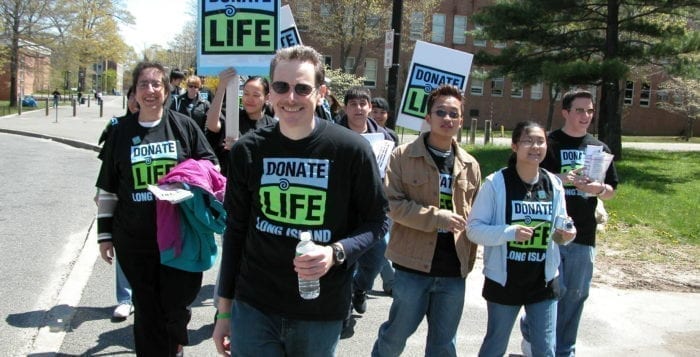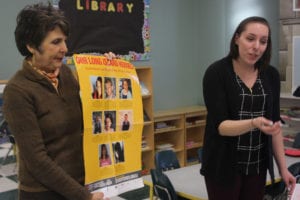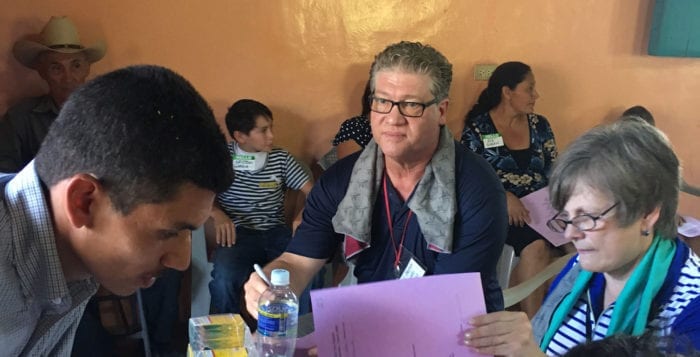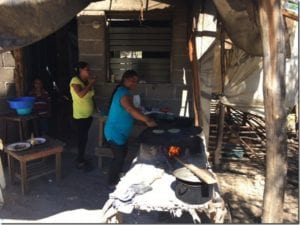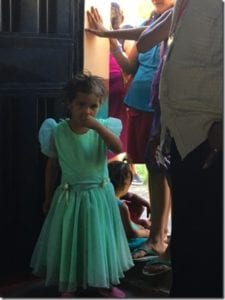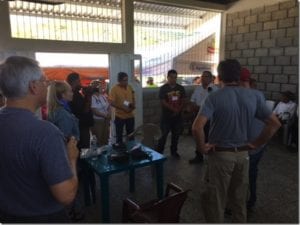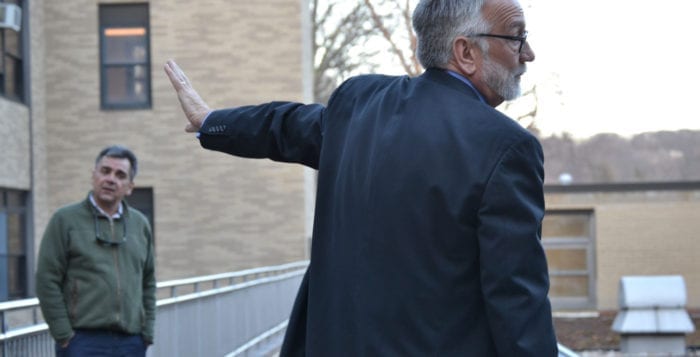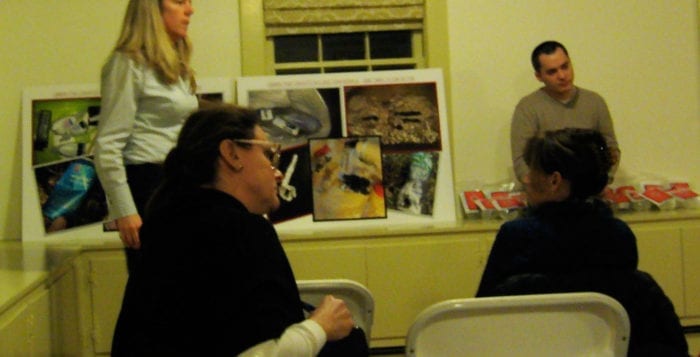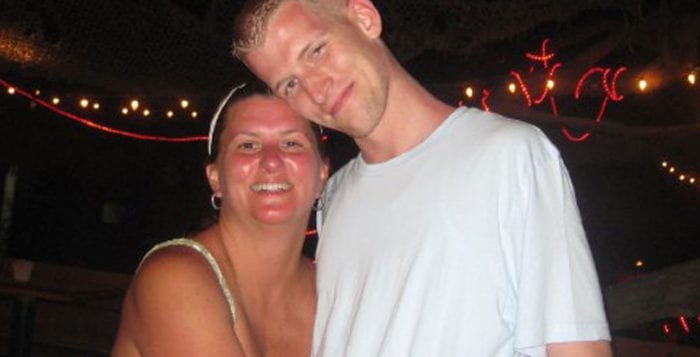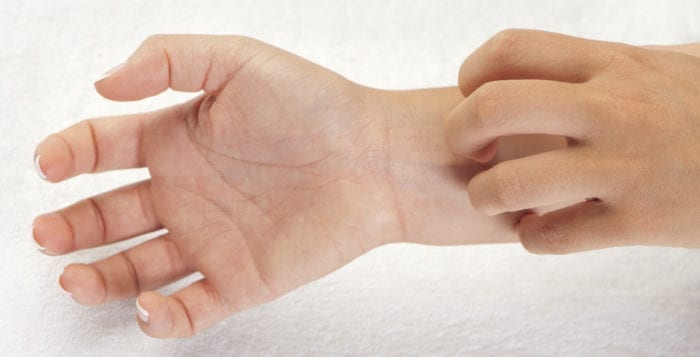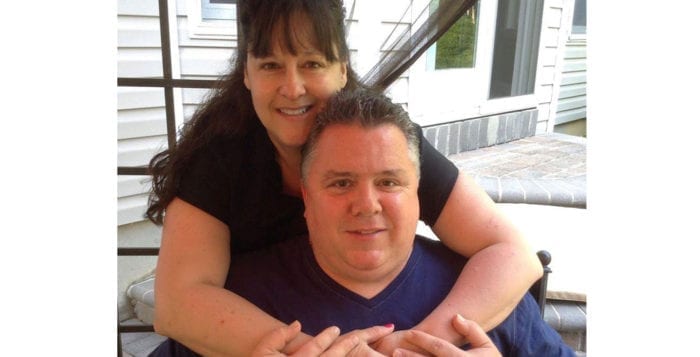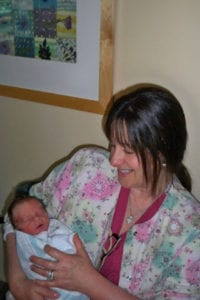By Kevin Redding
As of Feb. 14, National Organ Donor Day, a new state law rolled out by Gov. Andrew Cuomo (D) permits 16- and 17-year-olds to enroll in the New York State Donate Life Registry when they apply for a driver’s license, learner’s permit or nondriver ID, potentially growing enrollments in New York by thousands.
Sponsored by State Sens. John Flanagan (R-East Northport) and Kemp Hannon (R-Garden City), the legislation’s altered minimum age to sign up as an organ donor, which had previously been 18, serves as a big step for New York, which currently ranks 50th out of all 50 states when it comes to the percentage of residents enrolled to be organ donors.
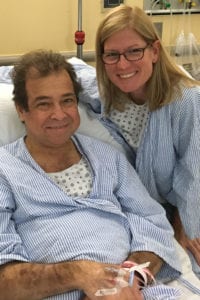
Town Councilwoman Jane Bonner. Photo from Councilwoman Bonner
At just 28 percent, New York State is “way at the bottom of the pack” when it comes to enrollment, according to Flanagan, a strong advocate for organ donations because of his late friend, Assemblyman James Conte (R-Huntington Station), who was the recipient of two kidney transplants before losing a battle with cancer in 2012.
“[New York] has been a leader in many ways on a wide variety of issues and we should be the premiere state in terms of organ donation,” Flanagan said. “I just want to promote organ donation, and promote awareness. There are thousands and thousands of people who are waiting for transplants here in the state, kidney being the primary one. We don’t have enough people signing up, and it’s taken too long to [get here] but I think we’re moving in the right direction.”
The senator said Conte is the reason he’s a donor, and after his death, he realized he could use his own political platform to advocate for this cause and encourage others to get involved.
Like Flanagan, Brookhaven Town Councilwoman Jane Bonner (C-Rocky Point) is passionate about organ donation and takes every opportunity to raise awareness about the importance of becoming a donor when speaking publicly, regardless of the event.
“I could be at a civic event talking about town improvement projects or town issues, and I always use it as a soapbox to talk about organ donation,” Bonner said. “Roughly 125,000 people in the United States are waiting for a kidney and there are 350 million people in the United States, seemingly with healthy kidneys. If everybody who could donate, donated one, we wouldn’t have people waiting for a kidney anymore and lives can be saved.”
Bonner said that under the new law, 16- and 17-year-olds can make donations upon their death, and it includes safeguards where their parents or legal guardians have the option to rescind the decision if the minor dies before 18.
“It not only ups the amount of eligible organ donors there are to sign up and save lives, but also starts a conversation at an earlier age about its importance.”
— Megan Fackler
“Teenagers are very passionate about so many issues and I think this legislation was made because they’re employing every toy in the toolbox, knowing the state is dead last,” she said.
The councilwoman knows a thing or two about saving lives this way.
It was last April when Bonner donated her kidney to her childhood friend Tom D’Antonio, who had been diagnosed with diabetes at a young age, had suffered multiple health issues over the years and desperately needed a transplant.
“I said ‘I’ll do it, we’re the same blood type,’ and I donated blood to him when he got his first kidney transplant,” Bonner recalled.
D’Antonio was more than grateful for the donation his longtime friend made.
“I bounced back like a rockstar and I feel great, I have more energy and determination,” D’Antonio said, reflecting on the experience. “It’s my belief that there is something within a human being that takes that step and makes that heroic move to save a life; it moves me beyond a place I can easily describe. Not only did [Jane] save my life but she enriched the lives of those close to me, [like my wife].”
But D’Antonio is not a big fan of the new law, calling it “hugely irresponsible” and a “grossly inadequate response” to appease a need for more donors.
“Sixteen- and seventeen-year-olds have enough trouble making a decision about what classes to take as seniors, their minds are still developing, and I’m appalled that this is the state’s answer,” he said. “What the state should do instead is put some money and effort into organ donor awareness and make it part of the teaching curriculum in high school.”

Alternatively, Kelli Cutinella, whose son Tom died October 2014 following a head-on collision during a high school football game, spoke in Albany to help get the law passed, and said she’s glad to see it in effect.
Tom, who wanted to register when he was 16 at the DMV but was ultimately not allowed at the time, donated all vital organs, such as his heart, kidneys, liver, pancreas, bones and skin.
“He was a giver in life and would do anything for anybody, and it didn’t surprise me that he wanted to register at 16, it was just in his nature,” Cutinella said.
The mother, who has an ongoing relationship with Tom’s heart recipient and pancreas and kidney recipient, was recently notified by a New York Burn Center that a 30-year-old man from Brooklyn had received Tom’s skin after suffering severe burns in a house fire.
“Tom lives on now,” Cutinella said. “He’s not here in the physical sense, but he is with the recipients as they go on to live wonderful, fulfilling lives.”
According to Megan Fackler of LiveOnNY, a federally designated organ procurement organization, the new law is exciting.
“It not only ups the amount of eligible organ donors there are to sign up and save lives, but also starts a conversation at an earlier age about its importance,” Fackler said. “Donor family and recipient meetings have been the most touching. There are lots of things 16- and 17-year-olds can’t do, like rent a car, get a tattoo, vote, join the army, but they can save lives.”
Residents can visit the New York State Health Department’s website at www.health.ny.gov/donatelife to get more information about organ donation in New York State, including how to register as a donor.

